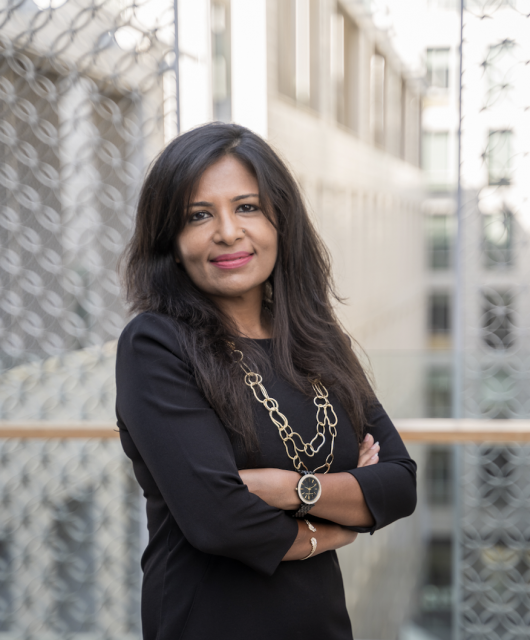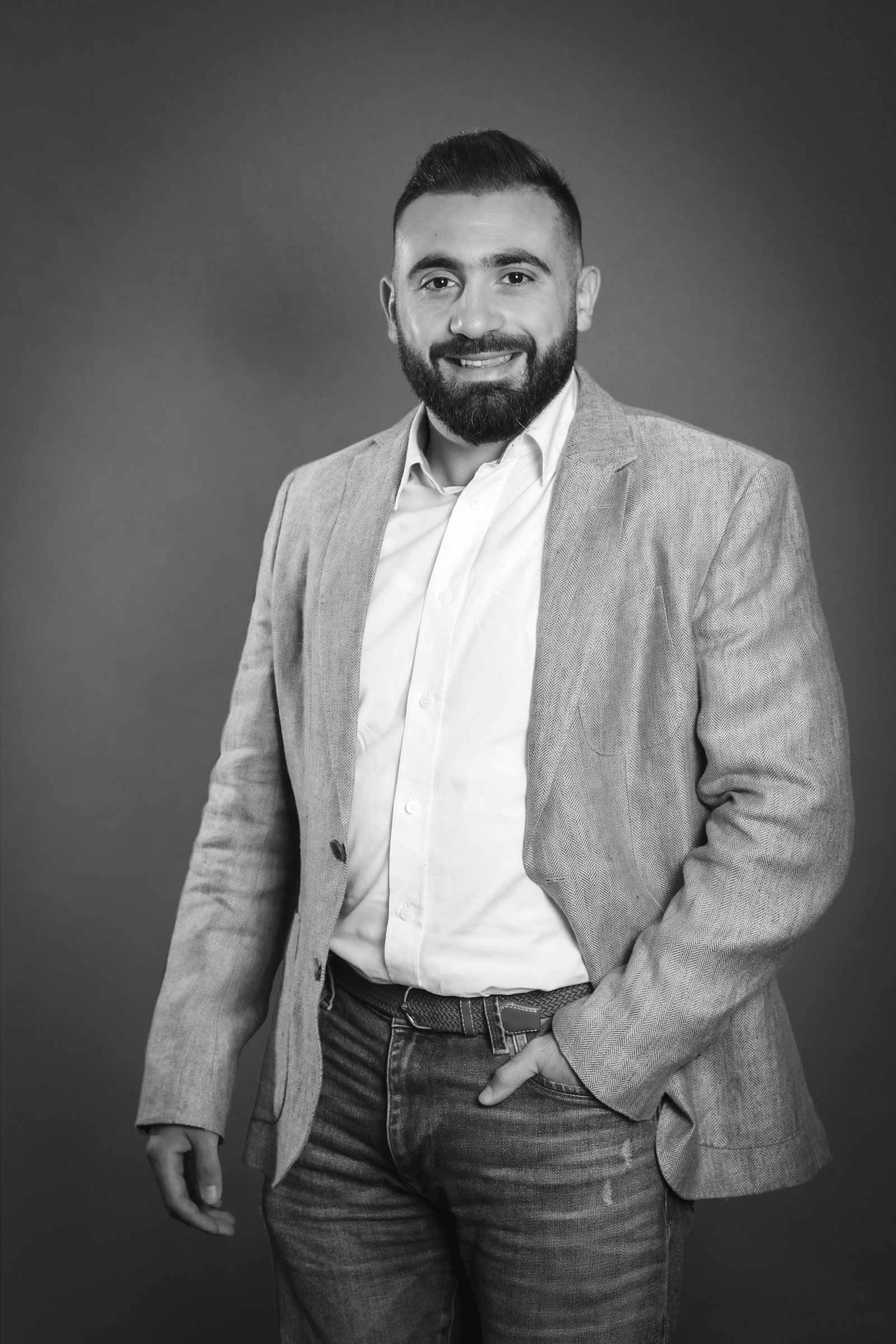What Digital Transformation Really Means And How We Stand To Benefit
By: Fouad Zayed – Schneider Electric Egypt – Digital Energy VP

Magazine cover pages have been growing more popular. From the Economist to the Time, readers around the world await new issues to learn all about the new edition from just a glimpse at the cover. A picture speaks a thousand words and, in the case of a magazine cover, they really do. That cover people anxiously await could define the world in a particular week, month, or year and it does so far better than words. That said, words can also be synonymous for periods – from the pyramids, through world wars, to financial crises and depression and covid-19. But if I were to choose a word for 2021, I would definitely go with digitization.
Chances are the words Digitization and Digital Transformation sound very familiar. You are not wrong; we have been hearing them more and more recently. But what does digital transformation really mean? How can you be involved without even knowing? And what would you gain?
Well, first things first. While digital transformation often, wrongly so, understood in the context of financials, it involves much more. Digital Transformation, or Digitization for short, really refers to the transformation of an entire business to adopt digital technologies and use real-time data analytics of the big data generated for better performance and optimized facility and Assets management.
The term really describes the “change” associated with the application of digital technology. Think of the simplest moves – going paperless with the Digital Twin. While documents can be scanned to be viewed and edited on computers, they remain as mere digital copies of a hardcopy that lies somewhere in a drawer. What digitization really goes way more than that – eliminating paper altogether.
We have already been “digitized” one way or another. Since the industrial revolution in the past century, technology has been moving faster than anyone could have imagined. We are now living in the future far that we once thought of as science fiction.
But now, we are not just experiencing a digital transformation, we are creating it. The digital transformation of cities is no longer a thing of the future or a film. By 2050, it is expected that the world‘s urban population will be twice what it is currently – and with that challenges arise.
The most important issue for citizens, entrepreneurs, politicians and educators should be how to help develop more sustainable, efficient, and inclusive cities. And for us, engineers and dreamers, our responsibility as innovative companies and developers of digital transformation is to participate in the creation of elements that build smart cities.
This is how digital technologies can play a key role, from Cloud services, Big Data, and the famous 5G. The Internet of Things is the centrepiece that links everything together – in developing systems that allow interaction between personal smart devices with intelligent systems in smart cities.
Digital Transformation can affect us in two ways: influencing people’s Lives and facilitating the operations of the cities from all operational verticals such as energy management, water management, safety & security through using big data, analytics and machine learning to have more AI-enabled operational and maintenance.
And for the people in these cities, using more vertically integrated applications save time and money and uplift their quality of life depending on the available technology with better stress management availing more quality time for family and friends.
There are three main aspects of going digital:
Smart buildings: This is achieved by connecting all building infrastructure and facilities such as electricity, access control, BMS (Building Management Systems), fire alarm & firefighting systems. This generates a huge amount of data that can be analysed to achieve more efficiency. What if it’s sunny today? The AI will lower electricity spent on heating. Is it a national holiday? Let the AI store the solar energy generated for future use. Analysing their data for efficient building management is one of the greatest success stories in Audi Bank in Lebanon powered by Schneider electric solutions that we’re able to save their energy consumption up to 30%.
Smart Infrastructure (Water and Electricity): As the water gets more and more scarce, as well as the high demand of electricity, we better think about efficiency and sustainability. At Schneider Electric, our EcoStruxure® architecture in smart water network can decrease water leakage and improve water supply availability using an AI application based on modelling and real-time monitoring analysis. A perfect example of this theory is tangible at Egypt’s Madinaty project in New Cairo, also the Intelligent Electricity distribution management in the mega project of the DCC’s (Dispatch Control Centre) in Egypt is a clear example of the way how a smart city can manage its infrastructure.
Smart Industries: Better process automation through IIOT (Industrial Internet of things). Smart Industries enjoy 4 main characteristics:
Better management: Managing a large number of assets involved in manufacturing, including fleets of highly specialized machines.
Time savings: Reducing the time it takes to make products, in the face of an ever-changing market and consumer variables.
Cost reduction: Improving internal business efficiency, while also helping to reduce operational costs and maintenance costs.
Customer experience: Solving customer pain points and transforming the customer experience, while also helping customers contain costs.
We have been there already. Schneider Electric is more than 180 years old and we have seen humanity go through similar phases and pivoted, ourselves, several times. We started in iron and steel, and now we are providing energy and automation digital solutions for efficiency and sustainability. Our EcoStruxure® for Industry makes it easy to get started, by digitizing your machines and processes and maximizing returns in this evolving environment.





